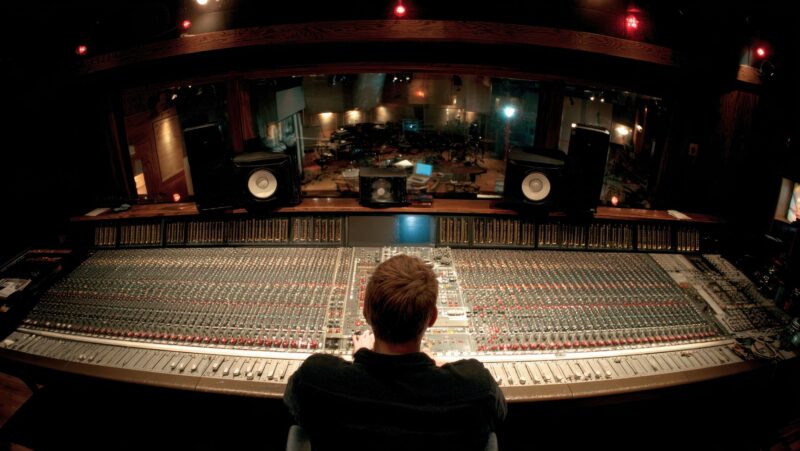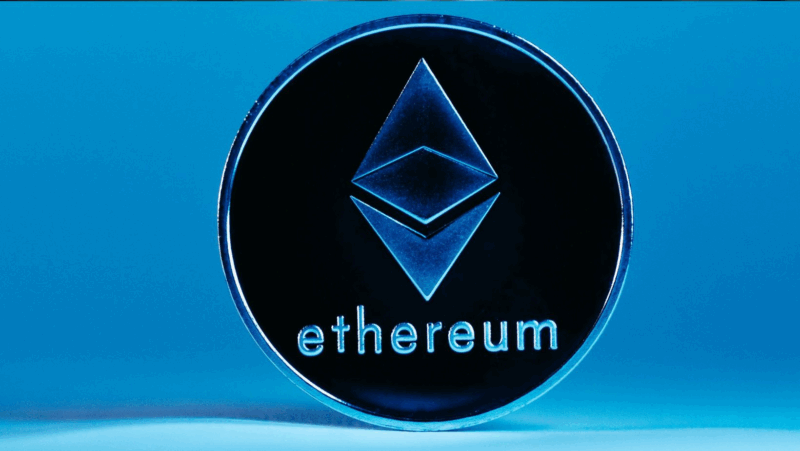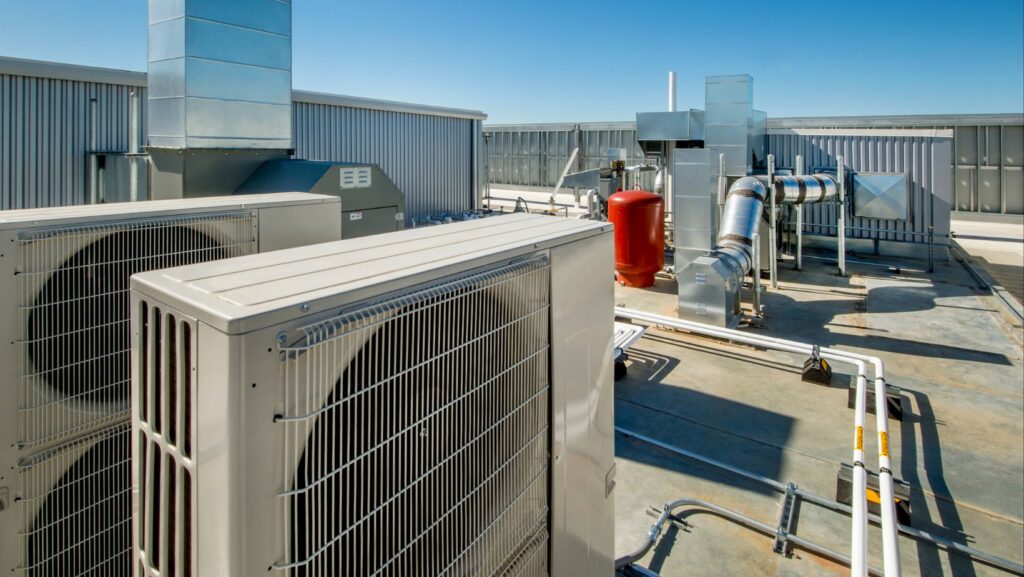
The HVAC industry is stepping into a new phase where efficiency isn’t just a selling point, it’s a baseline expectation. Federal regulations rolling out in 2025 are pushing contractors to rethink how they design, install, and maintain systems. These changes are more than technical adjustments. They’re reshaping how businesses operate, how customers buy, and how the two sides communicate. The contractors who adapt quickly will find themselves in front of the curve, winning projects that reward both performance and foresight.
Raising The Efficiency Bar Without Losing Profitability
The new standards aren’t incremental. They’re a reset. Equipment that met or exceeded efficiency ratings just a few years ago is now the starting point, and that shift affects everything from the bidding process to installation timelines. Contractors can’t simply swap in higher-rated units and call it a day. System sizing has to be reevaluated, ductwork performance becomes more critical, and every step must align with tighter energy use parameters. The challenge is keeping margins intact when the cost of compliant equipment is higher and installation requires more training hours. Successful contractors are treating the regulations not as an obstacle but as an opportunity to highlight long-term value. Customers who see clear savings over a system’s lifespan are often willing to invest more upfront, especially if the contractor can present the numbers with transparency and confidence.
Smarter Systems Demand Smarter Sales
Efficiency gains now go far beyond mechanical components. Integrated controls, app-based thermostats, and zoned systems give homeowners more ways to fine-tune comfort and energy use. That means an HVAC contractor’s role has shifted from purely mechanical work to a blend of technician, tech consultant, and educator. Using advanced HVAC business software to track performance, provide maintenance reminders, and log service history isn’t just a backend advantage, it’s becoming part of the sales pitch. When contractors can show homeowners real-time efficiency data or alert them before a small problem escalates, they’re building trust and positioning themselves for repeat business.
The Refrigerant Transition Tightrope
Alongside efficiency regulations, the ongoing phasedown of high-GWP refrigerants is adding complexity to day-to-day operations. This isn’t just a supply chain concern — it’s a customer relations issue. Homeowners don’t always understand why the refrigerant their system has used for years is suddenly more expensive or harder to find. The contractors who are prepared with clear, straightforward explanations are the ones keeping clients from feeling blindsided. Stocking the right refrigerants, certifying techs for multiple blends, and planning inventory around phaseout timelines has become an essential part of business strategy. Those who get ahead of this transition now will avoid costly scrambles later.
Efficiency As An Answer To High Electric Bills
Energy savings have moved from being a nice perk to a driving force behind purchase decisions. In many regions, homeowners are opening electricity bills that are noticeably higher than they were just a year ago, and they’re looking for lasting solutions. This is where contractors can make a strong case for system upgrades paired with improvements to ductwork, insulation, and airflow. A new high-efficiency unit will perform better when the rest of the home’s envelope supports it. Contractors who can provide before-and-after energy use comparisons, supported by test results, are separating themselves from competitors. This is no longer a market where swapping out equipment alone seals the deal. Customers want performance they can measure.

 Educating Without Overselling
Educating Without Overselling
Homeowners today are more informed but also more skeptical. They’ve read articles, watched reviews, and compared systems before the first call to a contractor. The role of the professional has shifted toward validating information, clarifying misconceptions, and setting realistic expectations. Contractors who lean into education — showing how a system’s rating translates to real-world savings, breaking down the payback period, and outlining maintenance needs — can sell without coming across as pushy. Offering post-installation support, like quick video tutorials or remote monitoring, reinforces the value of the investment and keeps the contractor top of mind for future projects.
Using Technology To Build Long-Term Relationships
The service call isn’t where the customer relationship ends anymore. By leveraging connected systems and proactive maintenance alerts, contractors can create ongoing touchpoints that build loyalty. Homeowners appreciate being informed before something fails, and contractors benefit from a steadier flow of predictable service work rather than scrambling for last-minute emergency calls. The best part is that much of this can be automated through the same tools used for scheduling and invoicing, making it easier to scale without overloading office staff. In a competitive landscape, the contractor who feels present even between visits is the one who gets called back.
Sustainability As A Competitive Advantage
While not every homeowner is focused on environmental impact, the combination of efficiency and sustainability is becoming a differentiator, especially among younger buyers and in certain markets. Contractors who can talk fluently about reduced carbon footprints, environmentally friendlier refrigerants, and long-term resource savings are tapping into a customer base willing to pay for solutions that align with their values. Aligning sustainability with tangible cost savings creates a dual incentive that’s hard to overlook. Even if a homeowner starts the conversation because of an electric bill spike, they often appreciate knowing their choice is both financially and environmentally smarter.
Looking Ahead
Post-2025 HVAC contracting isn’t about doing more of the same with slightly better tools. It’s about rethinking the role of the contractor, the structure of the sale, and the ongoing relationship with the customer. The companies that embrace the tighter standards, integrate smarter technologies, and focus on measurable results will be the ones defining the industry’s next chapter. In a business built on both trust and technical skill, that combination is what keeps the phone ringing.

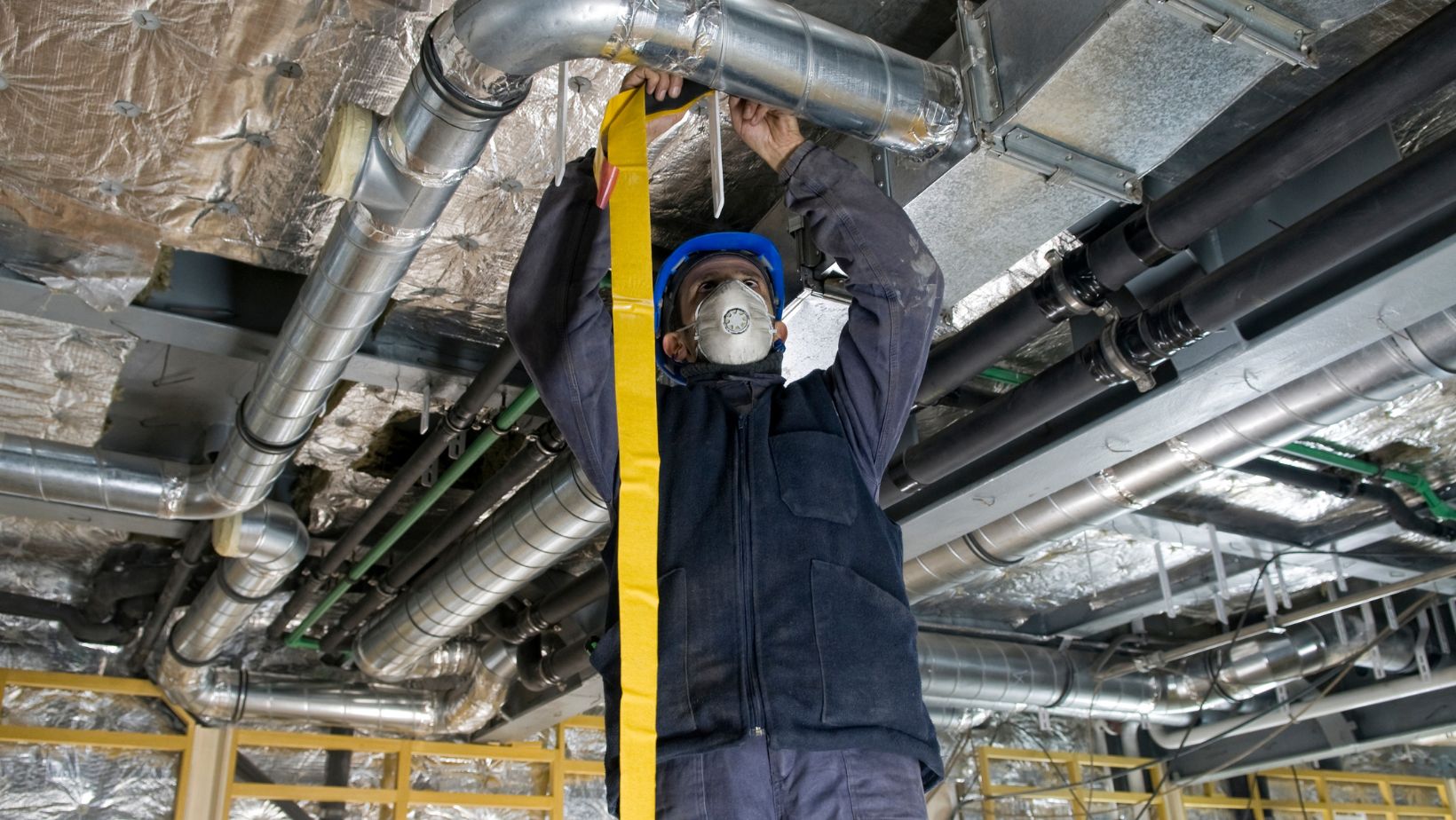
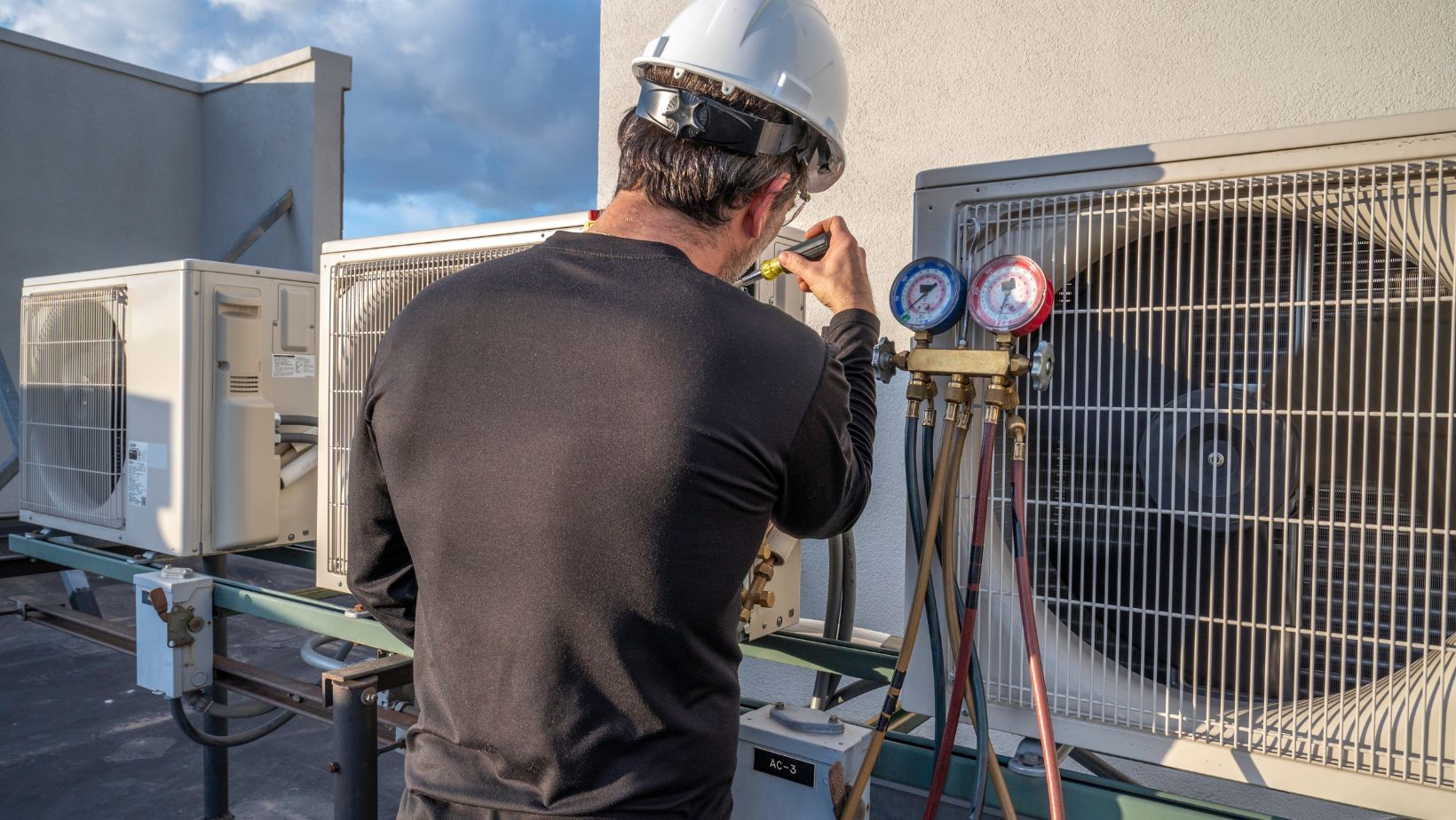 Educating Without Overselling
Educating Without Overselling

